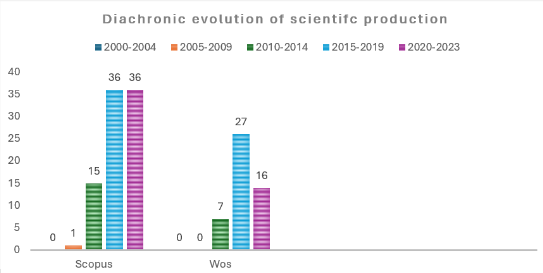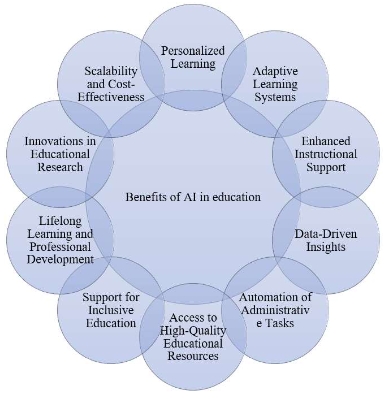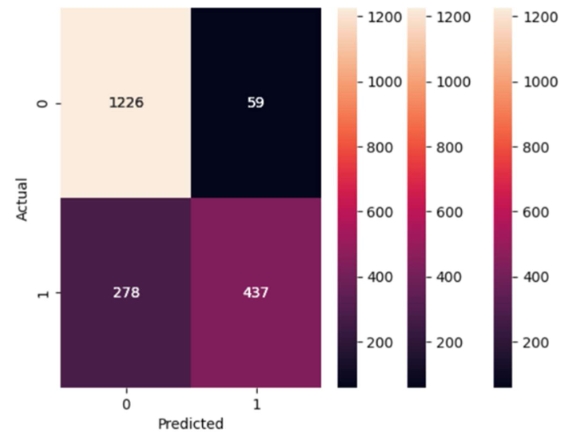A road map to engage online EFL and ESL learners: A book review in focus
Abstract
The outbreak of coronavirus in 2020 posed a significant challenge for English Language Teaching (ELT) instructors, who were obliged to transform their face-to-face classes into virtual and online ones overnight. In this new, unfamiliar context, it was crucial to keep students constantly engaged, motivated, and interested in learning. Nonetheless, rather than merely taking into account the pessimistic facets of this paradigm shift, many scholars and experts tried to concentrate on the chances that remote/online context presents for language learning and teaching communities. In effect, “Engaging Online Language Learners” is a practical book, the authors of which have considered the sudden shift online connected with the pandemic as an opportunity to enhance the inclusivity of language learning while testifying that EFL/ESL learners’ engagement in a remote/online language learning context ought to be an inevitable priority. Being well targeted to its ELT audience and deeply grounded in both principles of learning engagement and foreign language teaching theories, the book straightly targets language teachers, whether experienced ones or those who intend to teach online for the first time. It also bestows ELT teachers with a clear road map to discern what the next steps are for innovative practices in online/remote learning and teaching contexts.
References
[1]Hedegaard M. The zone of proximal development is basis for instruction. In: An Introduction to Vygotsky. Routledge; 2012. pp. 234–258.
[2]Bornstein MH, Bruner JS. Interaction in Human Development. Psychology Press; 2014.
[3]Tabassum ZA, Saad MRM. A Decadal Examination of Community of Inquiry and Blended Learning in EFL/ESL Development: A Systematic Review. Arab World English Journals. 2024. doi: 10.31235/osf.io/puq83
[4]Eggers JH, Oostdam R, Voogt J. Self-regulation strategies in blended learning environments in higher education: A systematic review. Australasian Journal of Educational Technology. 2021; 175–192. doi: 10.14742/ajet.6453
[5]Garrison DR. Thinking Collaboratively: Learning in a Community of Inquiry. Routledge; 2016
[6]Shea P, Bidjerano T. Learning presence: Towards a theory of self-efficacy, self-regulation, and the development of a communities of inquiry in online and blended learning environments. Computers & Education. 2010; 55(4): 1721–1731. doi: 10.1016/j.compedu.2010.07.017
[7]Sung E, Mayer RE. Five facets of social presence in online distance education. Computers in Human Behavior. 2012; 28(5): 1738–1747. doi: 10.1016/j.chb.2012.04.014
[8]Nunan D. Innovation in the young learner classroom. In: Hyland K, Wong LLC. (editors). Innovation and Change in English Language Education. Routledge; 2013. pp. 233–247.
[9]Bonk CJ, Khoo E. Adding Some TEC-VARIETY: 100 Activities for Motivating and Retaining Learners Online. CreateSpace; 2014.
[10]Kearsley G, & Shneiderman B. Engagement theory: A framework for technology-based teaching and learning. Educational technology. 1998; 38(5): 20–23.
[11]Isaee H, Barjesteh H. Screening EFL Teachers’ and Learners’ Perceptions of Emergency Remote Teaching During COVID-19 Pandemic: A Comparative Analysis. Human Arenas. 2023. doi: 10.1007/s42087-023-00353-7
[12]Cheong C, Coldwell-Neilson J, MacCallum K, et al. COVID-19 and Education: Learning and Teaching in a Pandemic-Constrained Environment. Informing Science Press; 2021.
[13]Pawan F, Daley SL, Kou X, Bonk CJ. Engaging Online Language Learners: A Practical Guide. TESOL Press; 2022.
[14]Garrison DR, Anderson T, Archer W. Critical inquiry in a text-based environment: Computer conferencing in higher education. The Internet and Higher Education. 2000; 2(2–3): 87–105.
[15]Safdari S. Experiencing Virtual Online Classes during the Pandemic: Foregrounding Iranian EFL Teachers’ and Learners’ Voices. International Journal of Research in English Education. 2022; 7(3): 46–57. doi: 10.52547/ijree.7.3.46
[16]Isaee H, Barjesteh H. Book Review: The Art of Public Speaking. International Journal of Research in English Education. 2022; 7(4): 89–94.
[17]Isaee H, Barjesteh H. EFL teachers’ professional development needs: A comparative phenomenological analysis for face-to-face and online instruction. Journal of Studies in Learning and Teaching English. 2023; 12(2): 45–56.
[18]Kearsley G. Educational Technology: Leadership Perspectives. Educational Technology; 1994.
Copyright (c) 2024 Hossein Isaee, Hamed Barjesteh

This work is licensed under a Creative Commons Attribution 4.0 International License.









